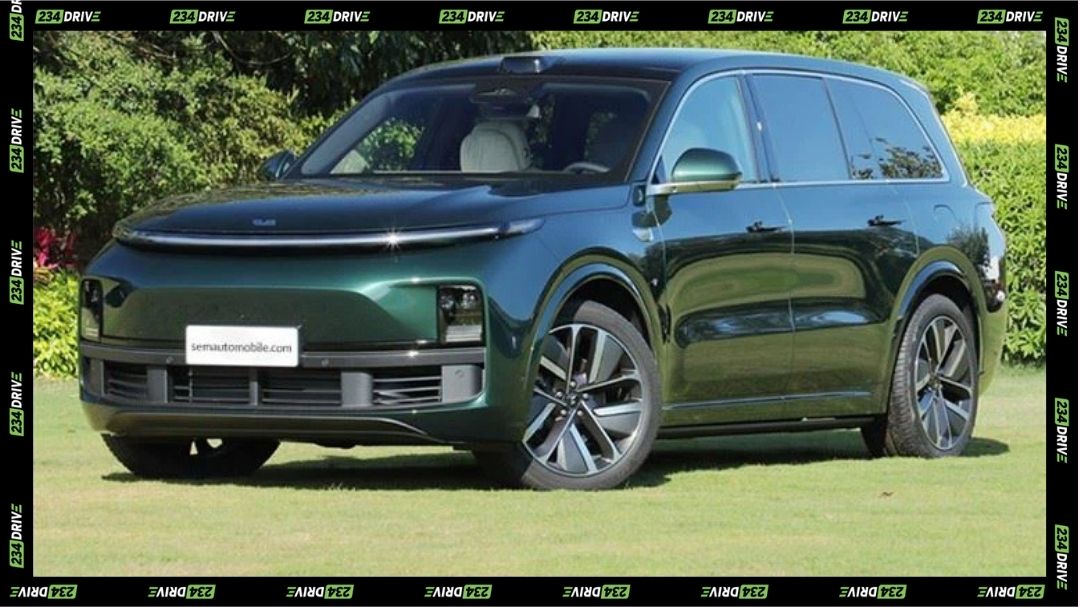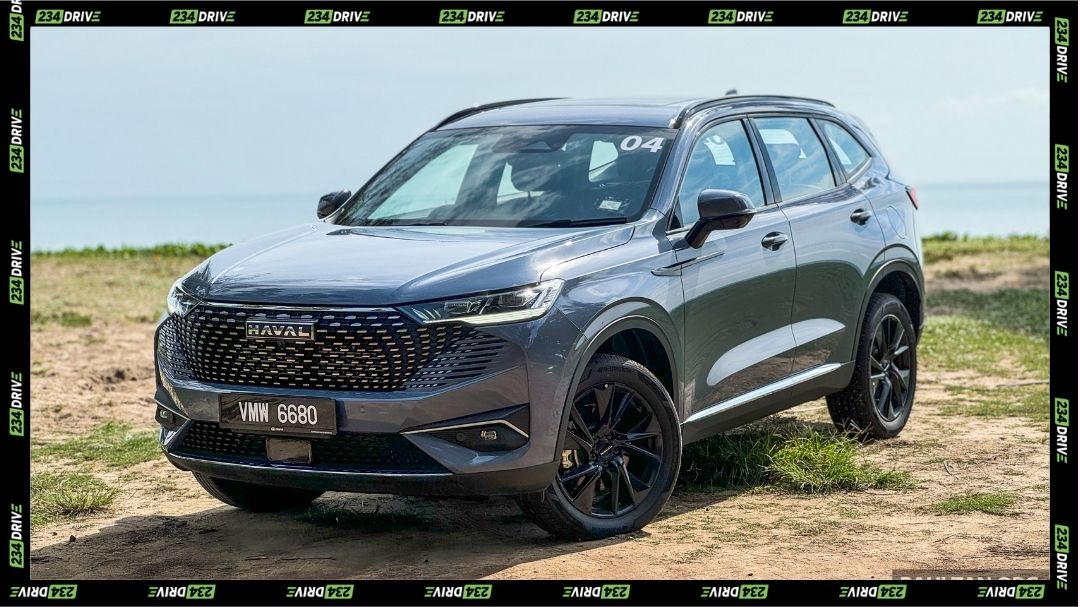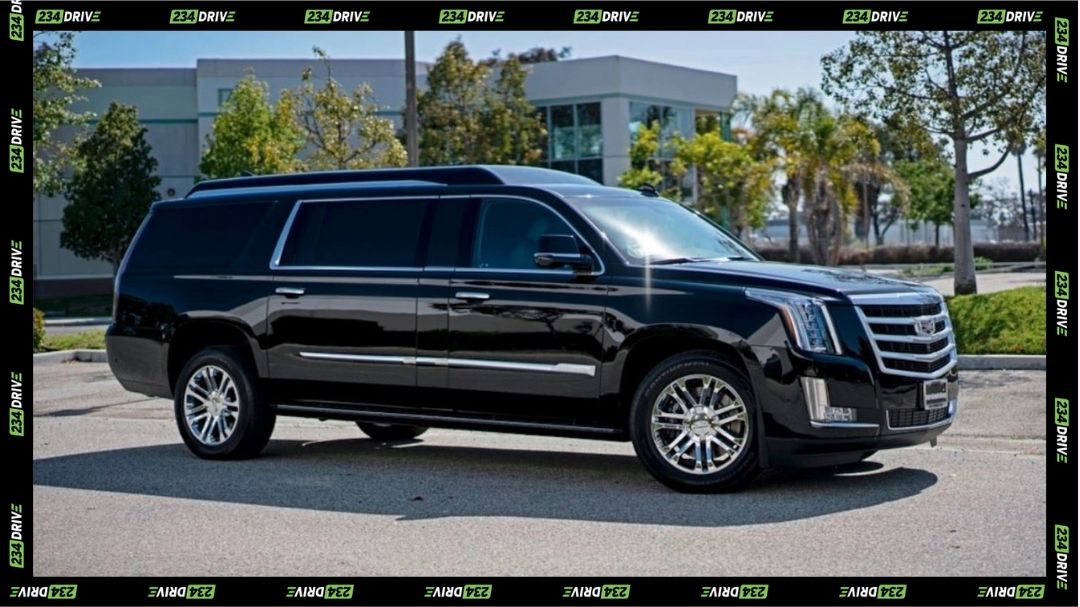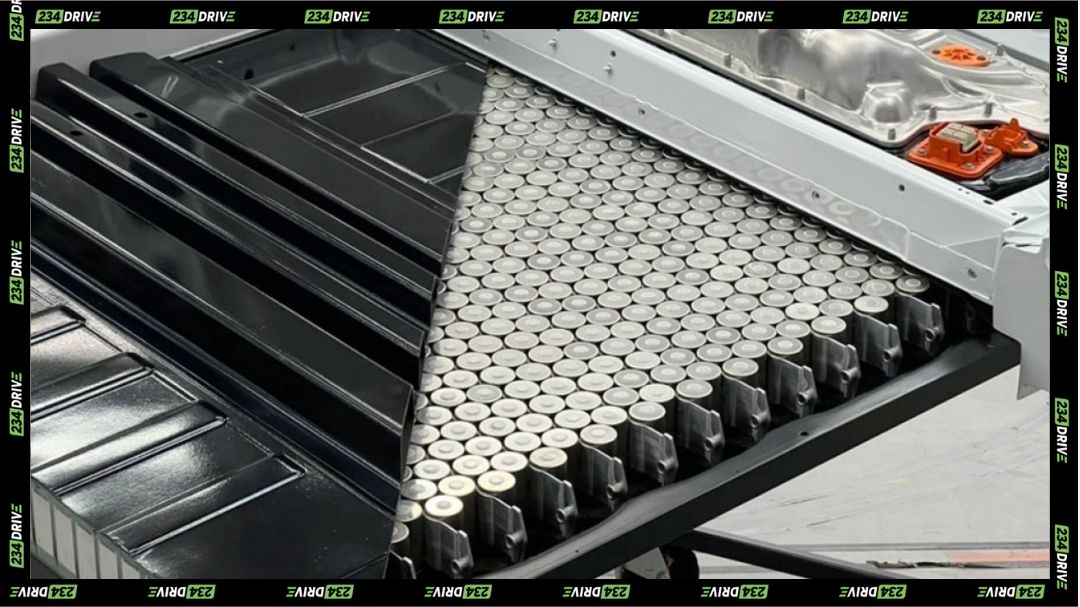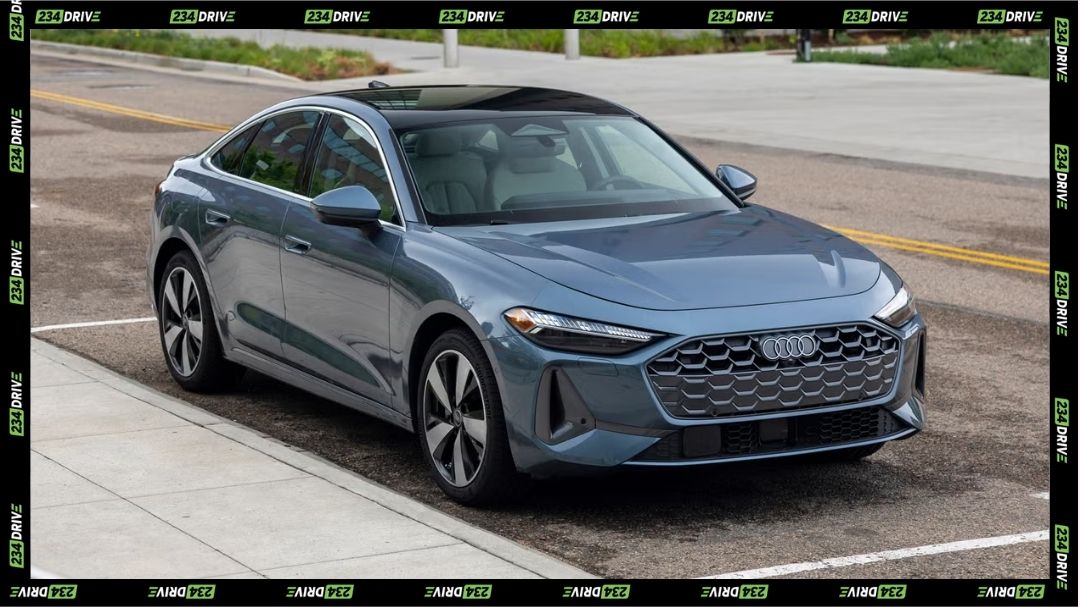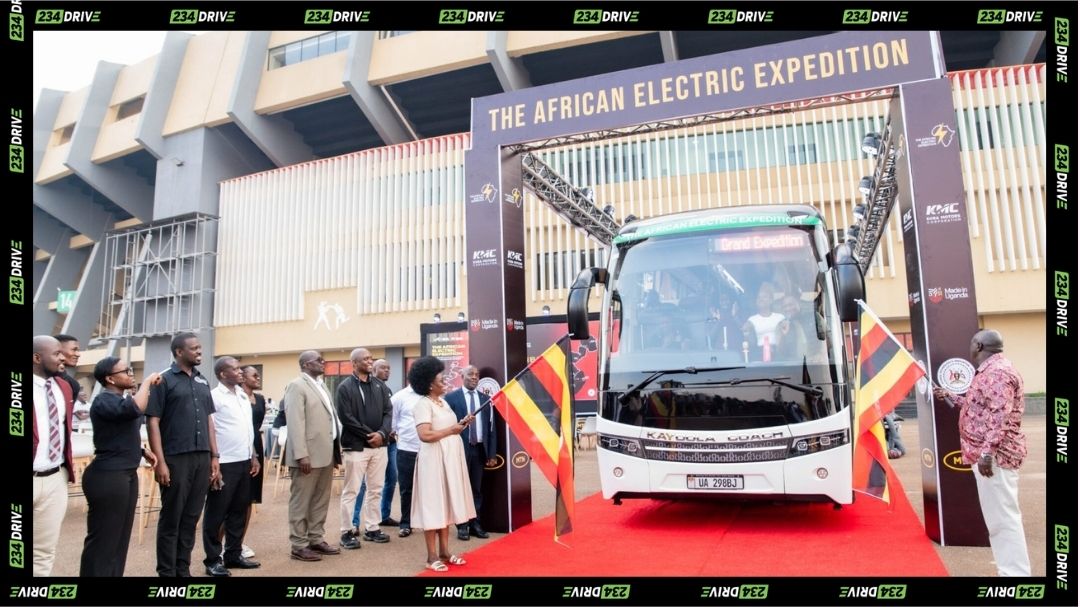US auto sales slowed to around 1.29–1.30 million units in October 2025, marking a clear pullback from Q3’s stronger momentum. Analysts from S&P Global Mobility and Cox Automotive placed the seasonally adjusted annual rate (SAAR) at about 15.6–15.7 million, down from 16.4 million in Q3. The key factor driving this moderation: a sharp decline in electric vehicle (EV) sales following the expiration of the $7,500 federal tax credit at the end of September.
The EV segment faced its steepest month-to-month drop in years. Sales fell to roughly 64,000 units, just 5% of the total market, compared to over 12% in September when buyers rushed to take advantage of the incentive. This reversal exposes how heavily EV adoption still depends on policy support. Broader deregulation under the Trump administration—like rolling back fuel economy penalties and halting California’s EV mandate—has further slowed the push toward electrification. These shifts offer automakers more flexibility but have cooled EV demand sharply in the short term.
Despite the downturn, Tesla continues to dominate the EV market. The Model Y remained the top-selling EV through Q3 with over 114,000 units sold, accounting for about 26% of total US EV sales and helping Tesla maintain a 41% share of the EV segment. While its Q3 numbers were down 20% year-over-year, the Model Y’s volume leadership remains unchallenged. Competitors such as GM, Hyundai, and Ford have made gains—GM’s EV sales doubled quarter-over-quarter to a 15.2% share—but none match Tesla’s scale or market visibility. Automakers including Ford (F-150 Lightning) and GM (Chevrolet Bolt) have since scaled back production amidst weaker incentives and uncertain consumer appetite.
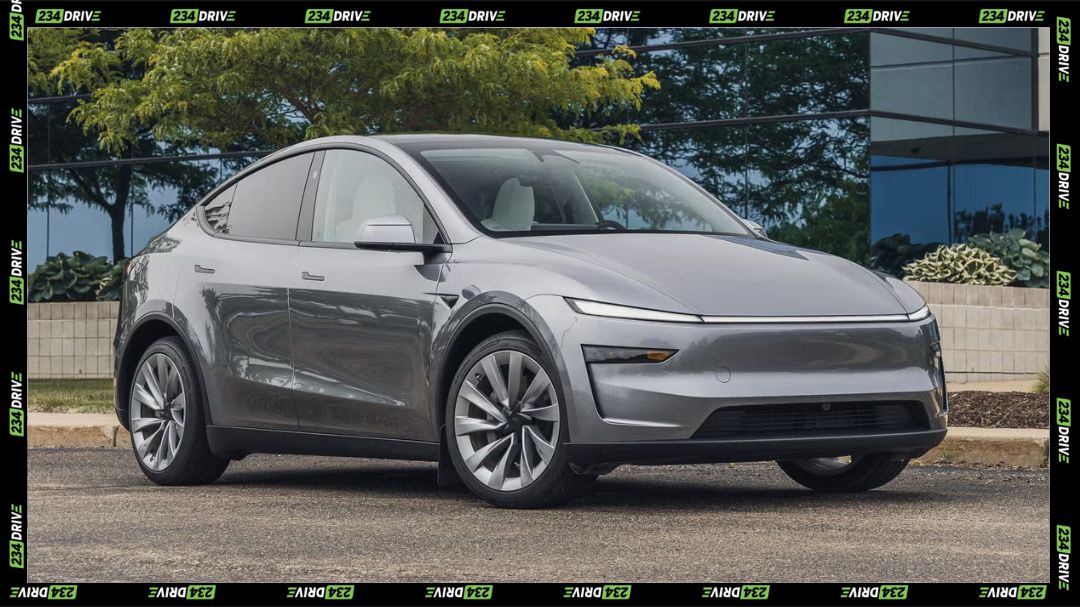
This sales adjustment underscores a larger consumer shift underway. As electric vehicle incentives fade, hybrids are emerging as the next growth wave. Analysts expect hybrid and plug-in hybrid sales to rise in 2025, serving as a more affordable middle ground for cost-conscious buyers. Goldman Sachs forecasts that hybrids could reach 26% of global car sales by 2030, up from earlier projections. With hybrids offering lower prices and no dependence on charging infrastructure, manufacturers like Toyota, Honda, and Hyundai are ramping up production to fill the affordability gap left by EVs.
The industry is also exploring innovations that could make electrification more practical at scale. One notable example is ComEd’s vehicle-to-grid (V2G) pilot program in Illinois. The initiative, launched in September 2025, partners with three school districts to test bidirectional charging using electric school buses. This system allows buses to send power back to the grid during high-demand periods, reducing energy costs and supporting grid stability. Managed by Resource Innovations and supported by Nuvve and Fermata Energy, the trial represents how EV technology can benefit communities even beyond transportation. If successful, it could lay the groundwork for future fleet electrification projects across North America.
The broader US auto industry now finds itself at a crossroads. October’s slowdown, though temporary, reveals how dependent EV sales remain on government incentives and policy direction. Automakers are adjusting strategies accordingly, focusing more on hybrid drivetrains, re-evaluating EV production targets, and testing grid-connected technologies. With full-year 2025 sales expected between 15.8 and 16.4 million units, the sector appears stable but recalibrating.
Globally, this mirrors a wider trend. While Europe and China continue to expand EV adoption through aggressive policy mandates, the US market is entering a period of recalibration. Manufacturers here are betting on hybrids and gradual electrification rather than an immediate full transition. It’s a more cautious path, but one that aligns with consumer budgets and infrastructure realities.
October 2025 may go down as the month that revealed the limits of EV hype. With tax credits gone and regulations loosened, the market is reverting to fundamentals—affordability, efficiency, and reliability. The next question is whether emerging technologies like vehicle-to-grid systems and advanced hybrids can keep the electrification story moving forward. Or will the US auto market settle into a long plateau before the next wave of innovation truly takes hold?


